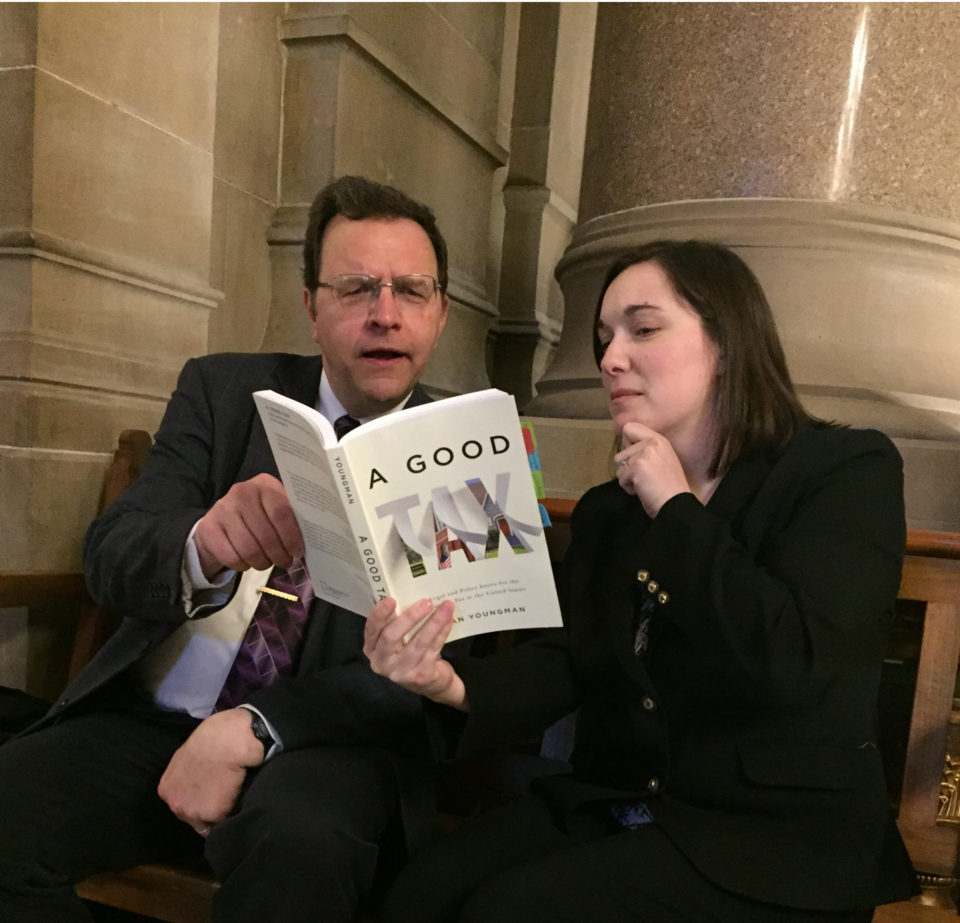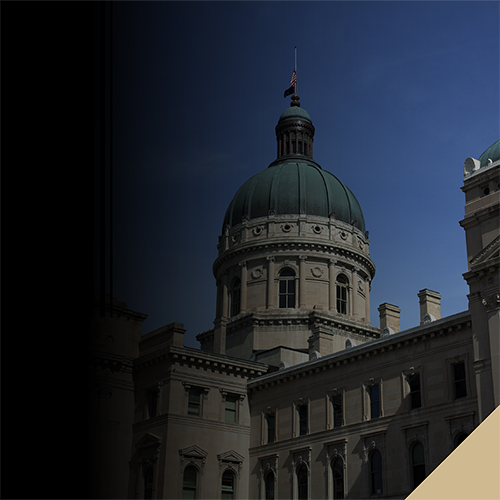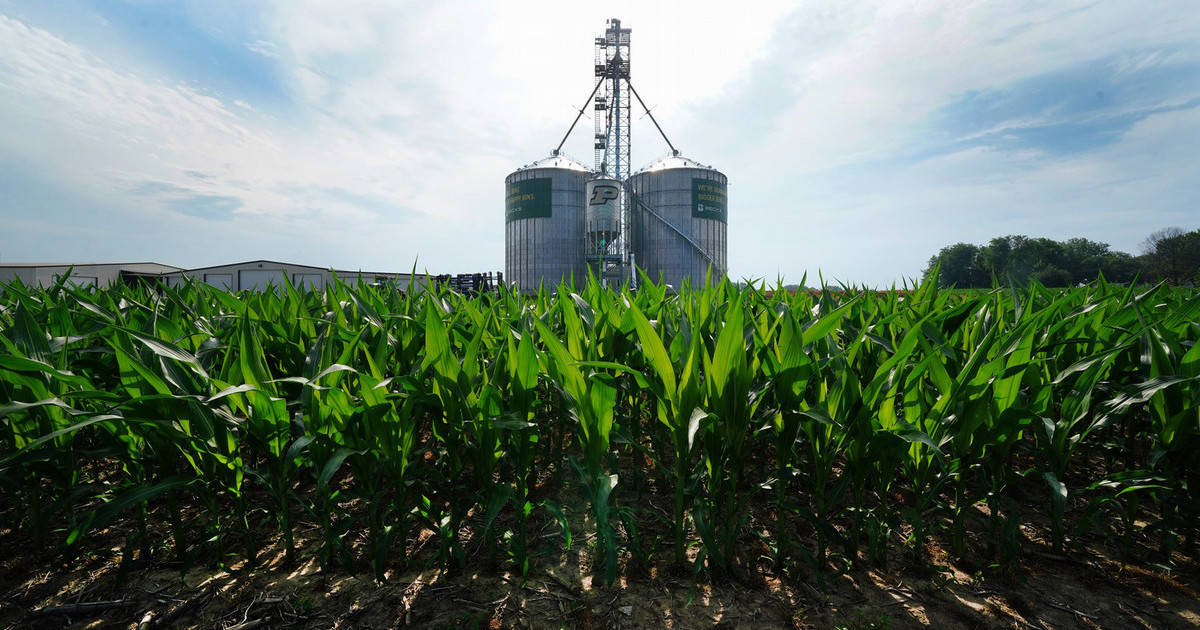Understanding Indiana’s Local Tax Systems

Local government finance is complex and has become even more so since the implementation of the property tax caps in 2008. In 2016, taxpayers realized savings from the tax caps of over $8 million dollars, but on the other hand, this was money local governments budgeted and levied but ultimately did not receive.
2017 brought changes to our local income tax system. In order for local elected officials and community leaders to make informed budgetary and tax decisions for their communities, they need to have a firm understanding of how our property and local income tax works in Indiana.
Purdue Extension Community Development helps local elected officials and community leaders understand Indiana’s local tax systems with webinar updates, regional workshops and other resources. Mark your calendars for the next On Local Government webinar on June 7, 11 a.m. – 1 p.m. ET. This webinar will focus on Indiana’s local income tax system.
Tamara Ogle is a Purdue Extension Community Development regional educator. She can be reached at togle@purdue.edu



